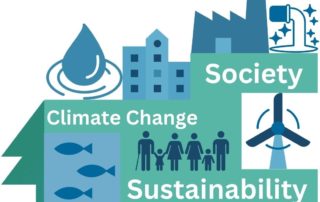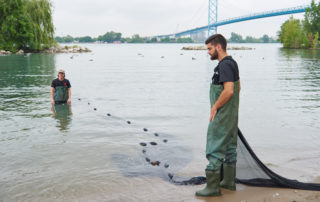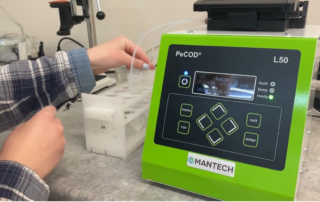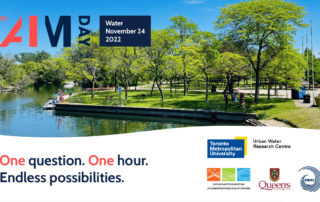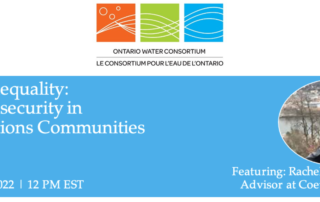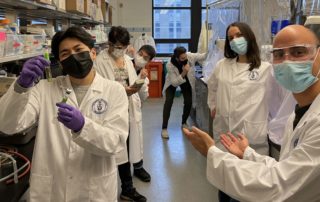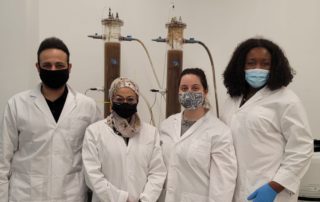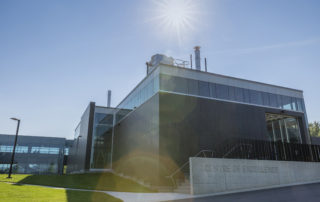OWC’s Water Industry Growth Program Information Sessions
OWC’s Water Industry Growth (WIG) Program ’s objective is to support technology development and adoption within the sector, leading to accelerated growth, further investment by companies, more job creation, greater market competitiveness and long-term resilience of Southern Ontario companies addressing water challenges at the intersection of climate change, sustainability, and society. Check out the WIG [...]


